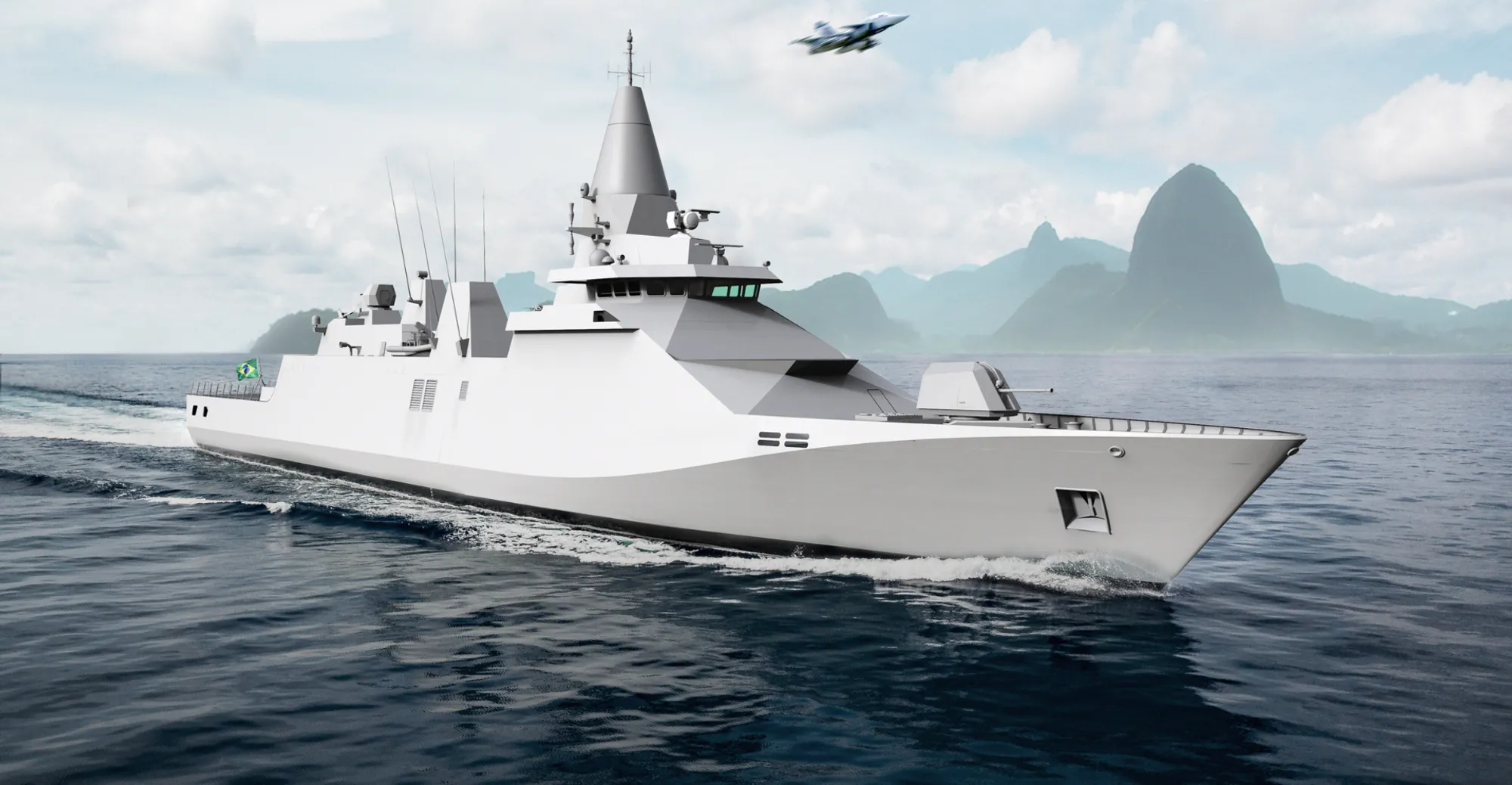
Managing shock requirements for military ships
Managing shock requirements for military ships
Equipment for vessels operating in war
– by Michel Veltman, 05 December 2016
As a supplier of HVAC for naval vessels, we have to deal with many navy-specific challenges. One of these challenges is managing shock requirements for military ships. The equipment onboard such vessels is generally required to withstand and survive shocks as shipboard equipment subjected to shock beyond its fragility level can fail structurally and functionally.
What happens when a shock wave strikes?
The most severe shocks that naval vessel need to withstand are shocks related to an underwater explosion, where explosives are detonated in the waters surrounding the vessel. Essentially in a combat encounter the objective of the opposing force is to either sink the ship via either penetrating the hull, breaking the back of the ship or by causing critical equipment to fail (weapons systems or cooling equipment of weapons systems), leaving the ship defenceless and forcing a withdrawal.
Damage to the equipment
Severe damage to equipment may occur when the transmitted shock exceeds its design specs causing equipment failure or impact with adjacent equipment. Normally, the extent of the damage increases with both the shock magnitude and duration. As such, it is of uttermost importance to carefully select suppliers of naval equipment such that in a combat encounter the maximum probability of ship and crew surviving is achieved.
Ensuring primary system cooling in all combat operating scenarios
As most modern combat systems require cooling, if the cooling system fails, so too does the weapons system. One of our colleagues always uses the saying: “No cooling, no warship.”
In order to meet the shock requirements for our clients’ vessels, we have developed a complete range of low magnetic, shock tested HVAC equipment, according to some of the highest military standards, such as:
- MIL S 901 – Shock
- MIL STD 167 – Vibration
- MIL 740 – Noise
- MIL STD 461 & 462 – Electro Magnetic interference/silencing
The chilled water system and engine room ventilation and cooling of the ship’s primary systems, combat systems and ammunition stores, is ensured in all war operating scenarios to ensure the ship can achieve its primary objective of floating and fighting.
More information about shock proof equipment
If you are interested in our range of shock proof equipment, don’t hesitate to get in touch with us for more information.
Michel Veltman | Sales Manager
Michel Veltman has been working at Heinen & Hopman for over 17 years. Starting in 1999 as a draftsman, stationed at the shipyard for 3D modelling and system integration of HVAC systems on large passenger vessels, he joined the navy department in 2004. Over the years he worked his way up to senior engineer. Since 2013 Michel uses his experience on navy vessel as a Sales Manager providing clients with the right technical and commercial solutions.